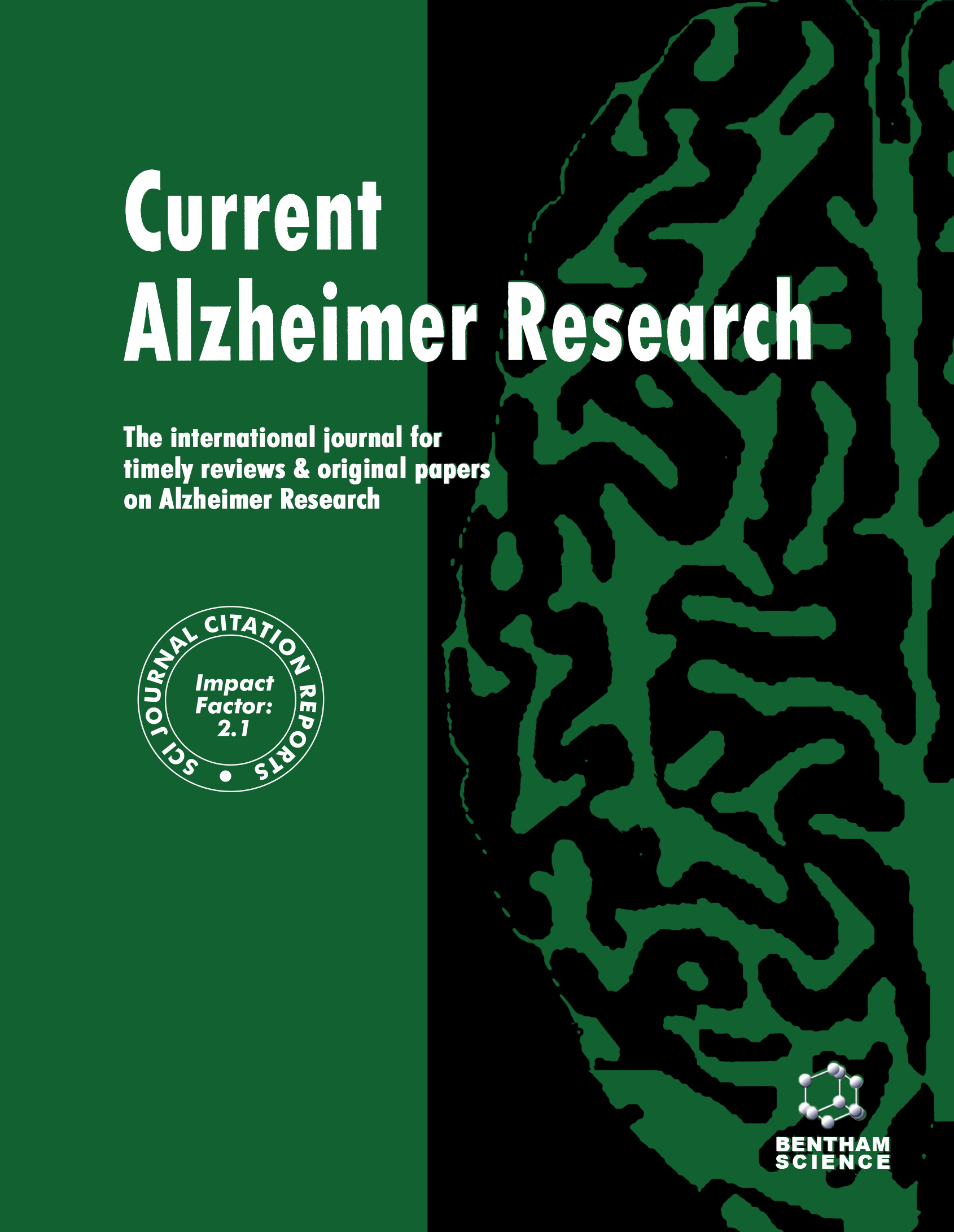-
s Oral Triphenylmethane Food Dye Analog, Brilliant Blue G, Prevents Neuronal Loss in APPSwDI/NOS2-/- Mouse Model
- Source: Current Alzheimer Research, Volume 13, Issue 6, Jun 2016, p. 663 - 677
-
- 01 Jun 2016
Abstract
Reducing amyloid-β (Aβ) accumulation is a promising strategy for developing Alzheimer’s Disease (AD) therapeutics. We recently reported that a triphenylmethane food dye analog, Brilliant Blue G (BBG), is a dose-dependent modulator of in vitro amyloid-β aggregation and cytotoxicity in cell-based assays. Following up on this recent work, we sought to further evaluate this novel modulator in a therapeutically-relevant AD transgenic mouse model. BBG was orally administered to APPSwDI/NOS2-/- mice for three months in order to assess its biocompatibility, its permeability across the blood-brain barrier, and its efficacy at rescuing AD pathology. The results showed that BBG was well-tolerated, caused no significant weight change/unusual behavior, and was able to significantly cross the AD blood-brain barrier in APPSwDI/NOS2-/- mice. Immunohistochemical and electron microscopic analysis of the brain sections revealed that BBG was able to significantly prevent neuronal loss and reduce intracellular APP/Aβ in hippocampal neurons. This is the first report of 1) the effect of Brilliant Blue G on neuronal loss in a transgenic animal model of AD, 2) oral administration of BBG to affect a protein conformation/aggregation disease, and 3) electron microscopic ultrastructural analysis of AD pathology in APPSwDI/NOS2-/- mice.


